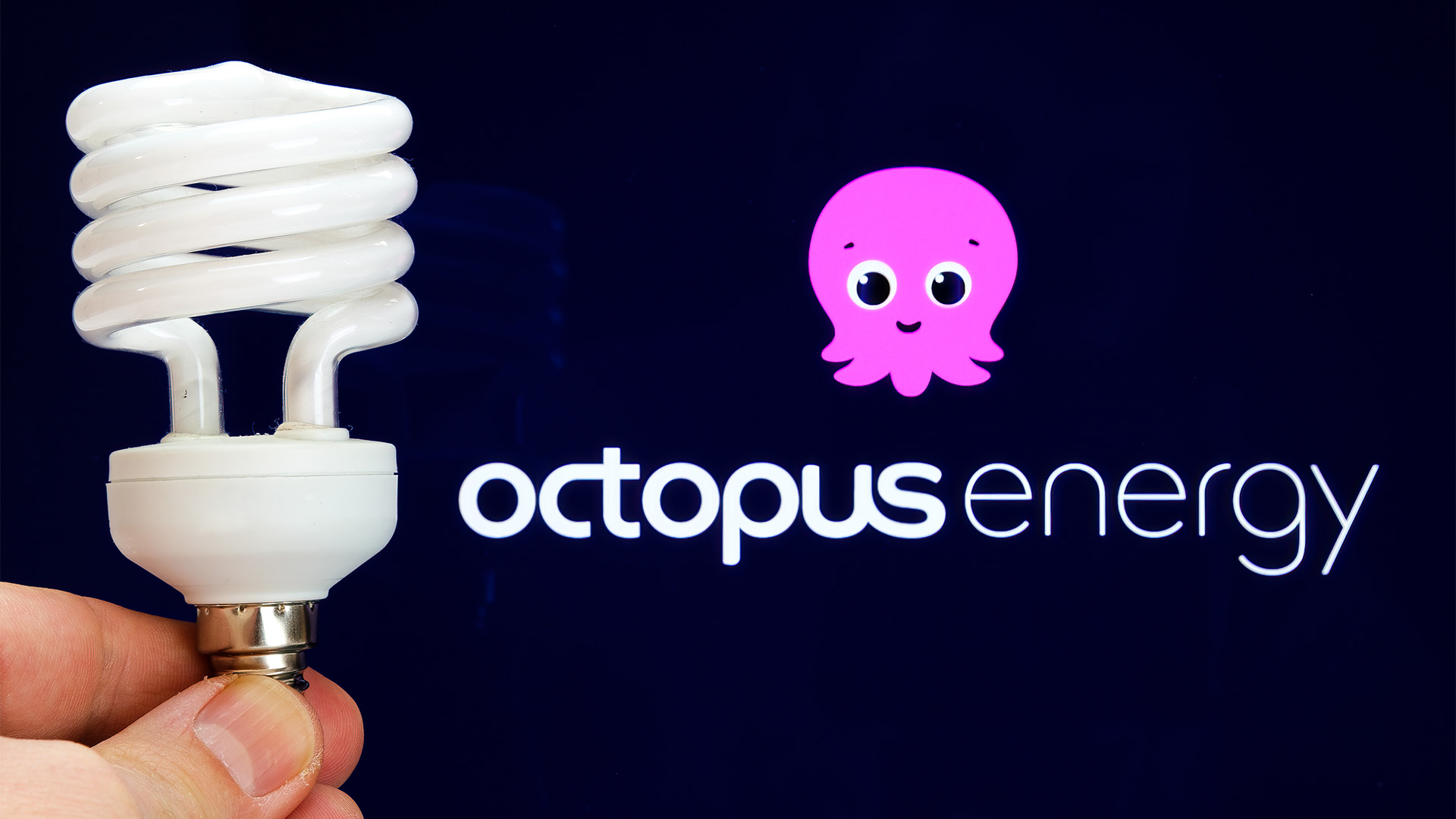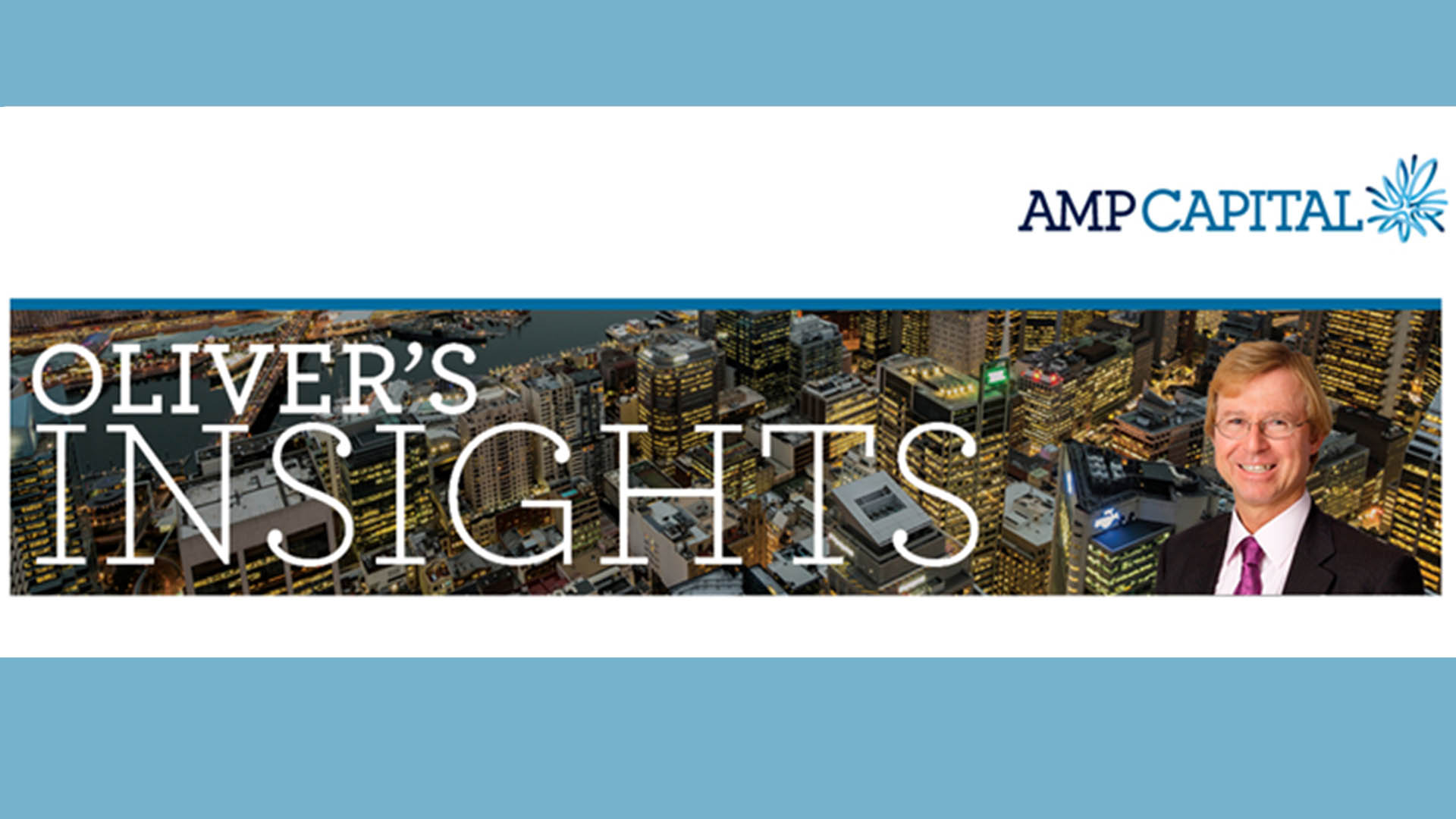At its meeting in Sydney today, The Reserve Bank will have noted the sharp rise in house prices in January as it hopes for the increases to flow through to help consumers feel more upbeat and confidence through the so-called wealth effect.
The RBA is hoping that the rebound in house prices, especially in Sydney and Melbourne, will help change consumer sentiment and boost consumption spending that has run down over the past year, especially in NSW, especially on retail goods, housing products, and cars.
But there is a note of caution emerging from the house price rebound – it may be about to run out of puff.
Building approvals for December picked up, according to figures from the Australian Bureau of Statistics yesterday with new approvals now rising positive on an annualised basis for the first time since June 2018.
According to the ABS, while total dwellings approved in December slipped 0.2% to 14,752 on a seasonally adjusted basis, that was better than the 3% fall forecast from the market and was in fact 27% higher than December 2018.
Total approvals for both private non-housing and private housing slipped 0.1% apiece in January to 6,087 and 8,486 respectively.
However, while this is encouraging the improvement came from a sharp rise in approvals for apartments and units – which looks suspiciously like local councils pushing through their backlog of approvals for apartments, townhouses, etc before the end of the quarter and the year.
The ABS said approvals for dwellings excluding detached housing jumped 19.4% on an annual basis compared to the levels seen in December 2018, more than offsetting a 7.1% decline in house approvals over the same period.
That remains the big weakness in approvals and fall in apartments and units could easy resume falling in January after the December cleanout.
Data from CoreLogic on Monday showed house values across the nation’s capital cities surged another 1.1% in January. House values in Sydney alone rose by 1.5% in January, taking the median value there to $994,300. Over the past quarter, values rose by 6.7%. Melbourne was not far behind with values there up by 1.4% last month with the median value reaching $798,671. Over the quarter, values rose 5.6%. Over the past year, Sydney prices have risen by 9.3% while in Melbourne they have lifted by 8%.
All major capitals reported a rise in house values through the month. They were up by 0.7% in Brisbane, by 0.2% in Adelaide, by 0.1% in Perth, by 0.9% in Hobart and by 0.3% in Canberra. Despite the lift, Sydney dwelling values are still 5.4% short of their 2017 peak. Melbourne prices are 1.2% below their peak.
All well and good, but CoreLogic head of research Tim Lawless cautioned that despite the increase in January there were some signs of a slowdown.
“Seasonal effects provide some explanation for the slowdown,” he said in a statement.”Factoring in the seasonal effect, the latest results indicate a reduction in the speed of growth across most markets, especially for Sydney and Melbourne where affordability constraints are once again becoming more pressing.
“As advertised stock levels rise over the early part of the year, we could see some dampening of growth rates.” In other words, don’t be surprised if the rapid price surge sags or comes to a sudden end in the next month or two.













